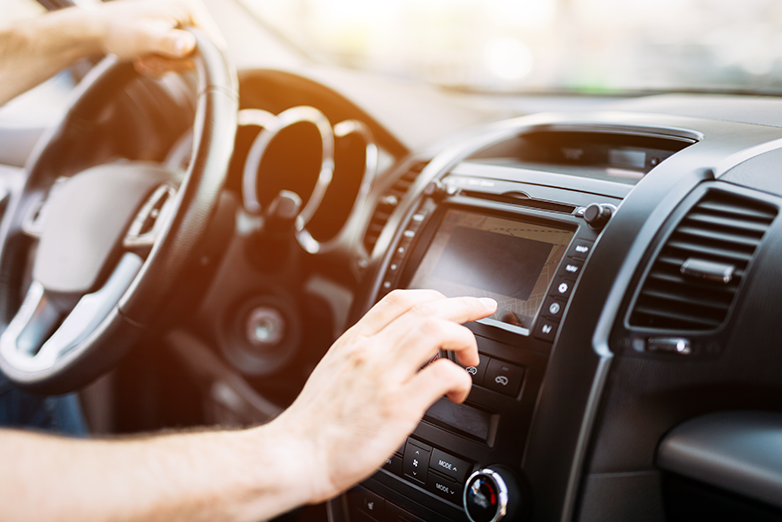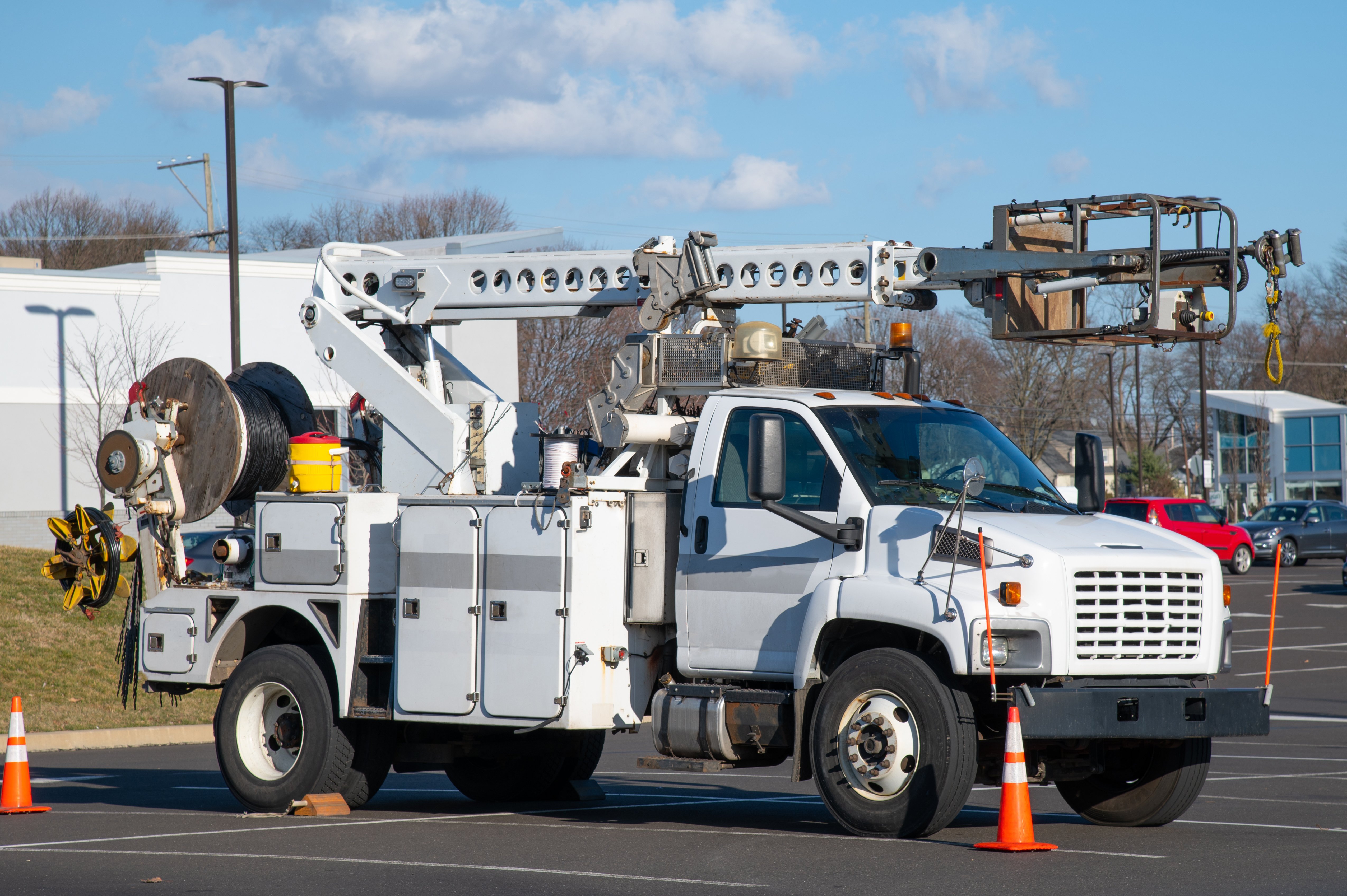
Technology has changed rapidly in recent years, and, as a result, so has driver training. Today, creating a safer driver means looking at how that technology is affecting not just your drivers, but all drivers on the road.
Today’s safety training includes being able to give drivers the tools they need to handle distracted and unsafe drivers around them. It also means teaching drivers more about components in their vehicles that create distractions, which can lead to crashes.
While cell phones have earned most of the attention when it comes to distracted driving, they aren’t the only pieces of technology creating hazards behind the wheel. Today, some of the very components designed to keep drivers safer are creating risks and placing dangerous demands on drivers’ attention.
For both fleet and consumer vehicles, the widespread use of infotainment systems has made several functions more accessible to drivers. GPS navigation, hands-free calling, Wi-Fi connectivity and music streaming are touted as making drivers’ lives easier and putting information at their fingertips. However, they’re also creating more distractions and contributing to dangers on the road.
Infotainment Systems: Danger in the Dashboard?
A recent study conducted by the University of Utah (and commissioned by the AAA Foundation for Traffic Safety) found that today’s in-vehicle infotainment systems take drivers’ attention away from the road for an extended period — which makes driving unsafe.
According to the study, navigation is the most distracting task, as it can take drivers’ eyes off the road for an average of more than 40 seconds. Considering that not looking at the road for just two seconds can double the risk of a crash, the AAA findings illustrate just how dangerous in-vehicle technology can be.
What’s more, while features that use voice commands didn’t demand as much visual attention, drivers spent a longer amount of time interacting with the system using their voice, which offset any benefits of reduced visual demand.
“If your company is going to allow drivers to use these different types of technology, there need to be clear-cut policies outlining how and when they can be used,” advises Walter Cole, Vice President of Training for Smith System Driver Improvement Institute.
“For example, if you’re going to use a GPS navigation system, it’s much safer to put in all the information before the trip begins, when you’re safely parked.”
Creating In-Vehicle Safety Practices
With infotainment systems and other forms of in-vehicle technology becoming so prevalent, drivers may become so used to them that they are less cautious about the dangers they present.
Although texting while driving is known as a universal no-no, other distractions can be just as dangerous. Creating a distracted driving policy — and then rigorously enforcing it — is an excellent way to remind drivers of the risks behind the wheel.
While some company policies explicitly forbid the use of cell phones, others allow work-related calls. Cole says that while he realizes some companies allow it, Smith System does not condone making or taking phone calls while behind the wheel of a vehicle that’s in motion.
“We are not recommending that you [take phone calls] when you’re driving,” he says. “Sometimes, you have to ignore it.”
Listening to Your GPS
The safest way to use a GPS is to make sure it’s delivering audible turn-by-turn instructions. Drivers should use a preview feature to look at the route before getting on the road so they’ll have an idea of where they’re going.
“If you have to keep looking at the map on the GPS to figure out where you’re going next, that’s not much better than looking at a paper map,” Cole says. “Quick glances at the screen are fine, but they should be done safely, when you have a good space cushion from the car in front of you.”
A GPS can also be the culprit in causing drivers to make sudden moves, such as a turn or an exit that they aren’t safely prepared to make. It’s crucial for drivers to make a habit of not reacting to the system when it’s not safe to do so.
“Don’t make a move you aren’t familiar with, or one that doesn’t seem right, especially if you don’t have a good cushion of space around you,” Cole says. “If you miss your exit, [your GPS] will tell you how to correct that. And that’s better than causing a crash because you’re trying to react to what your GPS was telling you to do.”
While there is no 100% safe way to use technology in a moving vehicle, there are ways to minimize risk — and that’s what companies should be focusing on with their drivers.
“We’ve been dealing with distractions in vehicles forever, but the problem today is that the number of distractions has increased,” Cole says. “The key is learning how to reduce risk as much as possible.”
Smith System’s Driving Distracted video teaches drivers how to curb their own dangerous distracted driving behaviors and how to prepare for the actions of other distracted drivers behind the wheel.










